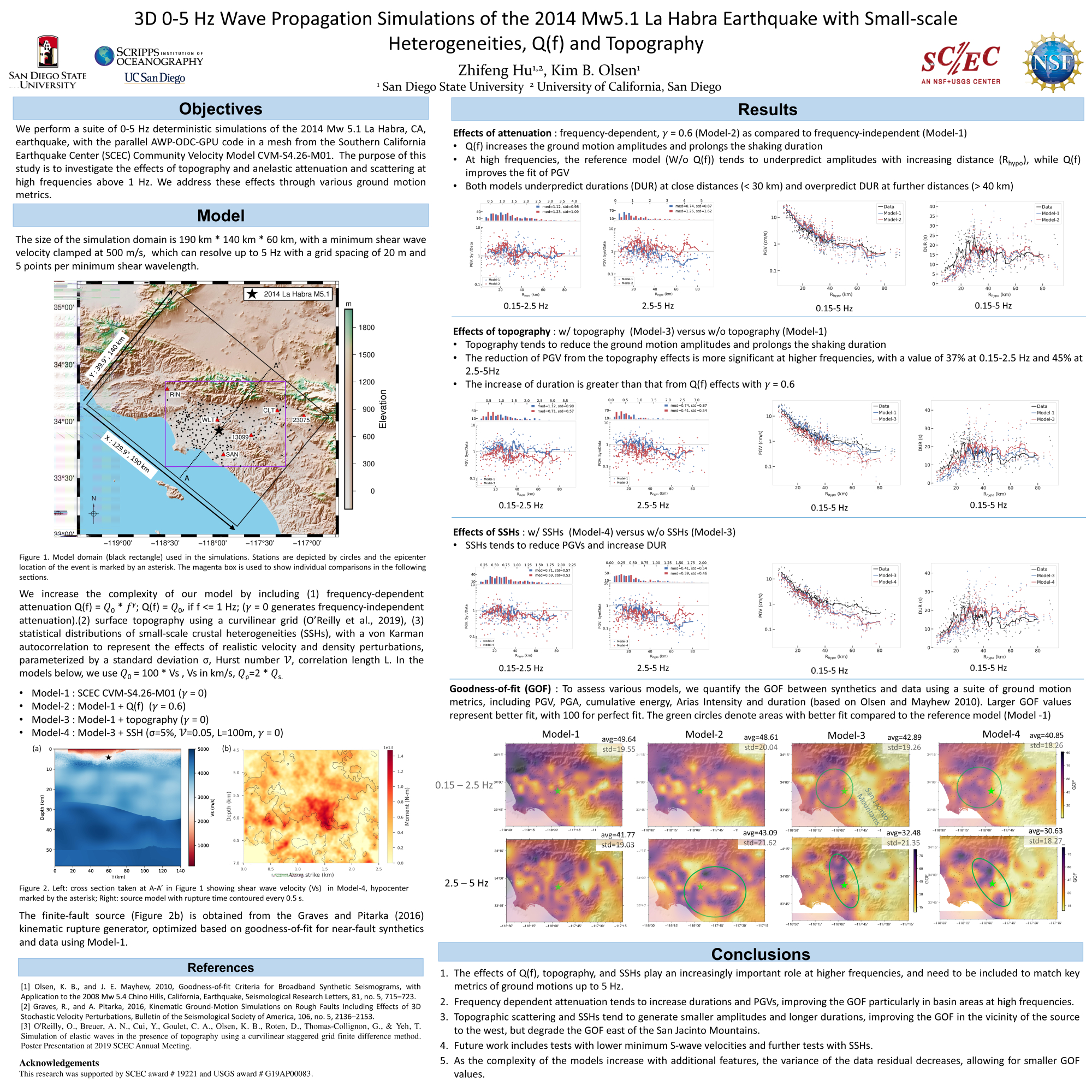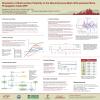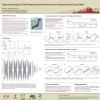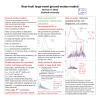Poster #205, Ground Motions
3D 0-5 Hz Wave Propagation Simulations of the 2014 Mw5.1 La Habra Earthquake with Small-scale Heterogeneities, Q(f) and topography
Poster Image:

Poster Presentation
2020 SCEC Annual Meeting, Poster #205, SCEC Contribution #10609 VIEW PDF
rtical anisotropy. In addition, frequency-dependent attenuation Q(f) = Q_0 f^γ and surface topography using a curvilinear grid (O’Reilly et al., 2019) are included in our suite of simulations. We have strong motion data available for comparison at a series of sites in our model domain.
We compare our simulation results to a reference case with a flat free-surface, frequency-independent Q = 100 Vs (Vs in km/s), and no SSHs included, as used by the SCEC High-f efforts. In our test, we use Q(f) = 100 Vs f0.6 and SSHs with a standard deviation of 5%, a Hurst number of 0.1, correlation length of 100 m, and a horizontal-to-vertical anisotropy of 5. Our results show that, as expected, the effects of topography, SSHs and Q(f) become increasingly important as frequencies increase toward 5 Hz. We find that SSHs, topography, and Q(f) all contribute significantly to the synthetic ground motion by generally increasing values of duration-dependent metrics (i.e., cumulative energy) toward those derived from the recorded time series. In addition, at most stations, the best fit is obtained by including topography, SSHs and Q(f) in the simulations. Our results indicate that topography, SSHs and Q(f) need to be included in ground motion modeling for frequencies as high as 5 Hz.
SHOW MORE
We compare our simulation results to a reference case with a flat free-surface, frequency-independent Q = 100 Vs (Vs in km/s), and no SSHs included, as used by the SCEC High-f efforts. In our test, we use Q(f) = 100 Vs f0.6 and SSHs with a standard deviation of 5%, a Hurst number of 0.1, correlation length of 100 m, and a horizontal-to-vertical anisotropy of 5. Our results show that, as expected, the effects of topography, SSHs and Q(f) become increasingly important as frequencies increase toward 5 Hz. We find that SSHs, topography, and Q(f) all contribute significantly to the synthetic ground motion by generally increasing values of duration-dependent metrics (i.e., cumulative energy) toward those derived from the recorded time series. In addition, at most stations, the best fit is obtained by including topography, SSHs and Q(f) in the simulations. Our results indicate that topography, SSHs and Q(f) need to be included in ground motion modeling for frequencies as high as 5 Hz.
SHOW MORE



















































